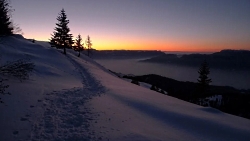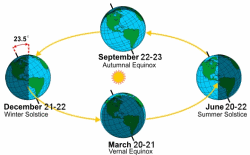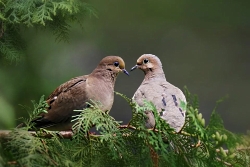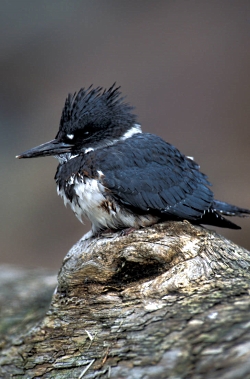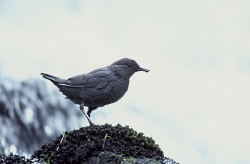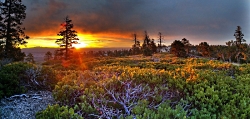
Image by skeeze from Pixabay
For most of my life, this was all I had of his. Others had stories of him, photos, old reels of film. Through these means, I began over the years to better understand, perhaps not my grandfather as he was, but certainly as he was remembered. I began to see the meaning of my name but only within the memory of others.
Orv was an avid outdoorsman and hunter in the north woods of Wisconsin. He loved nothing more than setting out with his firearm and kit, and coming home with game from that still wild mist. My grandmother refused to clean his wild harvests, and his children, my mother and her sisters, refused as well. Orv’s tradition was not their own.
So my grandfather always cleaned his harvests himself. Each feather he’d pluck and each hide he’d skin defined how others remembered him and how I would know him. He always completed the hunt. This was the only way. When he passed, his ways did as well.
Now, growing up after Orv’s death, my family’s meat came from the grocery store already butchered; no longer an animal: just a morsel for consumption. There was no understanding of life attached to the chicken breasts and the ground beef. Orv’s progeny had no interest in striking out into the woods or marsh before light, or in the taking of a life, even though that take always gave to good cause. They had no interest in cold hands, cold feet, blood, bile, and organs. Why then did Orv? What called him to this tradition, to keep it, to provide by its ways? I felt an indescribable pull towards my lost grandfather, and such the lost grandfathers before him who shared in this tradition of provision.
So one winter, I found Orv’s firearms in my aunt’s basement closet by chance, neglected of care, much less use, for 30 years. Seeing them there I knew that they needed to be used and no longer lay wrapped in an old sheet hidden behind older luggage. I did not want my grandfather to be an artifact of the past. I wanted him to be still of use: to be a grandfather. I wanted to be connected to the man I never knew.
And so I inherited his firearms that he used to provide for his family, my family, for so many years. After good repair, Orv, held in those heirlooms for so long, became alive again and a future opened back up for him. By reliving his ways, I could resurrect him from the stories, photos, and film reels. Together, we could see the world, hunt, and better understand what is beyond life and death.
So with my grandfather’s firearms revived, I began to learn how to hunt from experienced ethical friends. I learned how to aim to kill so that no animal may suffer. I learned my bag limits, my off limits, and the eternal unwritten rules on how to consider the life of another living thing with the greatest respect. We hunt for the necessity of food, tradition, and remembering where we come from and must one day go.
It has been years since Orv’s guns came to me, and I to them. Since then, I have learned from more friends how to lay in wait in Cutler Marsh for ducks, or where to walk in the Cache for grouse. I have discovered that Utah is more than its cultures, its economy, its governments. I have discovered that this land called Utah allows me chances like no other to walk with my grandfather: to feel my cold hands and cold feet as his must have been, to have the shared blood on my hands symbolising that highest tradition of provision, respect, and admiration for life.
This land called Utah is magical. Utah allows ghosts to escape the purgatory of memory for life renewed. Utah allows invisible and forgotten families to be whole again. Utah lets us better live a life of respect and gratitude for every living creature, harvested, missed, or let on by.
From my grandfather, I now can hope with great joy that one day I will be able to live beyond my remembrance as well, guiding from the grave those who come next on what it means to live with the land as my grandfather did, and giving eyes to see the real Utah, the land, as beautifully as we do.
I’m Patrick Orville Kelly, my grandfather is Orville Carl Knutson, and we are Wild About Utah.
Legacy Beyond Memory-Credits:
Images: Sunrise image Courtesy Pixabay, Public Domain
Audio: Contains audio Courtesy & Copyright Friend Weller, Utah Public Radio includes audio courtesy and copyright Kevin Colver
Text: Patrick Kelly, Director of Education, Stokes Nature Center, https://logannature.org
Included Links: Lyle Bingham, Webmaster, WildAboutUtah.org
Legacy Beyond Memory-Additional Reading
Patrick Kelly, Director of Education, Our Team, Stokes Nature Center, https://logannature.org/staff [referenced 8 Jan 2020]
Legacy Beyond Memory
Legacy Beyond Memory

